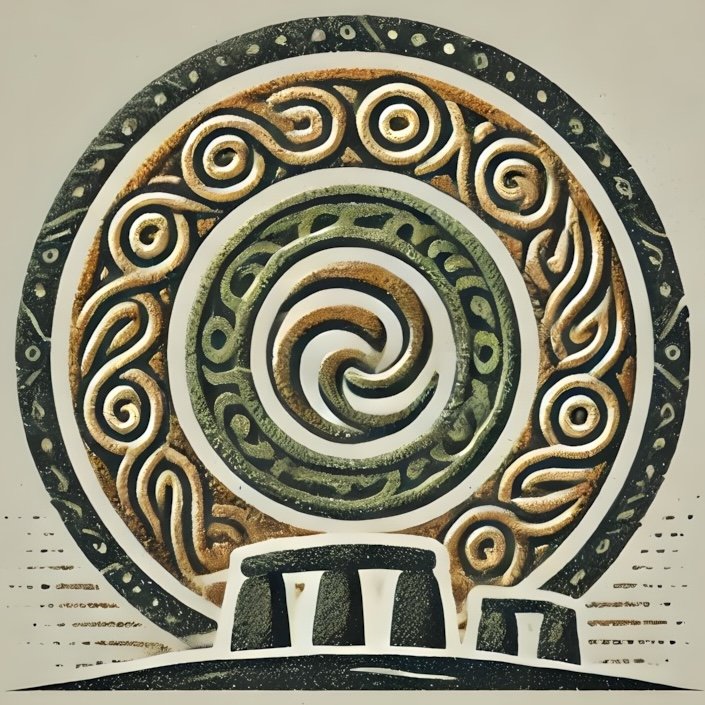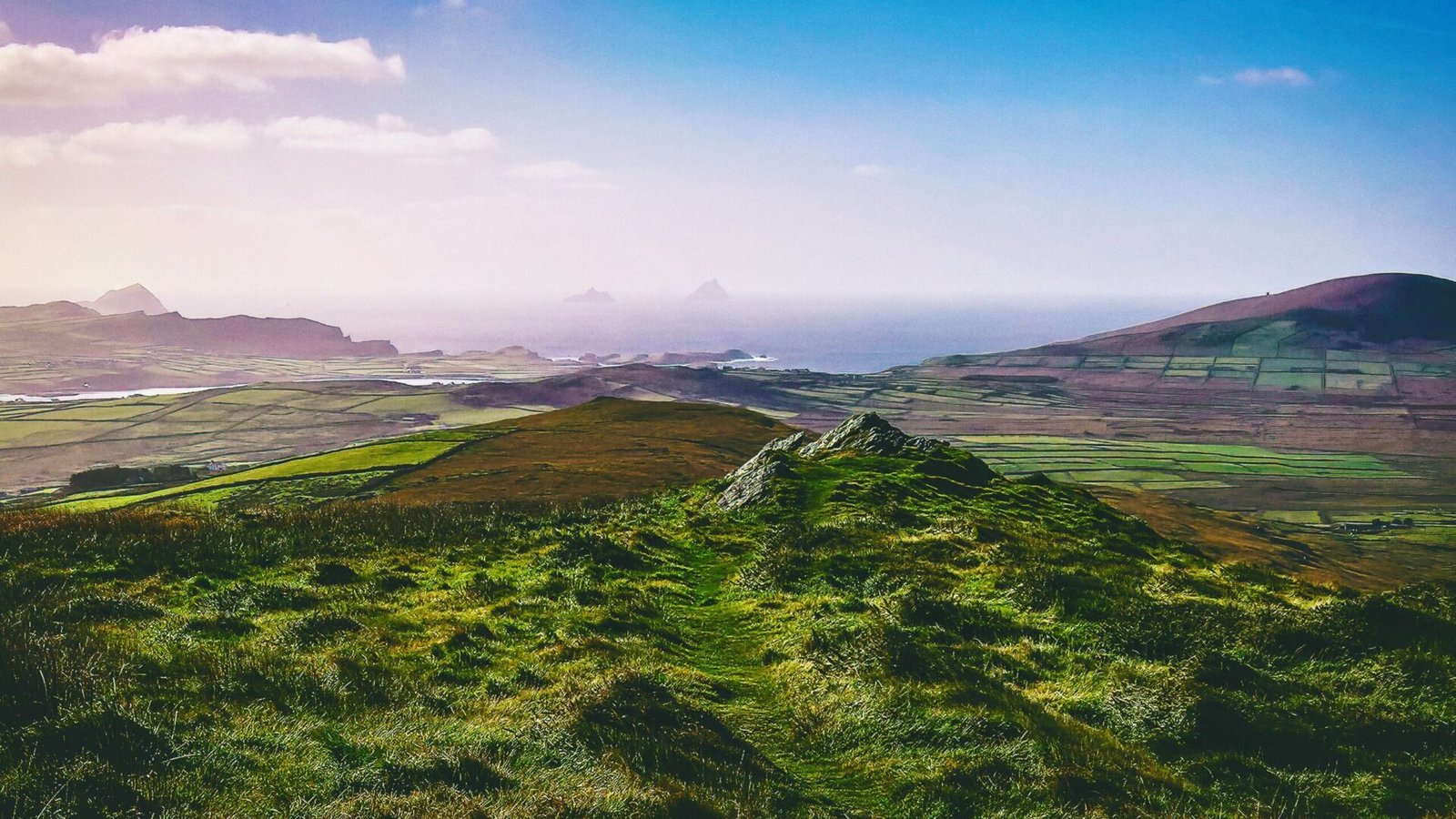Understanding the social structure of ancient societies is crucial for unraveling the complexities of their rituals, beliefs, and daily lives. In the context of Irish prehistory, social structure refers to the organized patterns of relationships and institutions that shaped the lives of its people. From the Neolithic period through the Iron Age, social structures in Ireland were influenced by various factors, including geography, economy, and cultural practices. This exploration not only enhances our comprehension of the past but also connects us to the rich tapestry of Irish mythology and the stunning landscapes that hold these ancient stories.
Theoretical Frameworks
The study of social structure often employs several theoretical frameworks, each offering unique insights into how societies functioned. Structuralism, for instance, emphasizes the underlying structures that govern social relations. In the context of Irish prehistory, this might involve examining how the landscape, such as the distribution of megalithic tombs and hill forts, influenced social organization.
Another important framework is functionalism, which posits that social structures serve specific functions that maintain the stability of society. For instance, rituals and ceremonies may have reinforced social hierarchies, while communal feasting could foster social cohesion among clans. Additionally, post-structuralist approaches challenge the idea of fixed social categories, suggesting that identity and social roles were fluid and subject to change, particularly in response to external influences such as trade or migration.
Hierarchy and Stratification
Irish prehistory reveals a complex hierarchy, often characterized by stratification based on wealth, power, and access to resources. Archaeological evidence, such as the presence of large burial mounds and elaborate grave goods, suggests that certain individuals or families held significant status within their communities. This stratification likely manifested in the construction of monumental sites, like Newgrange in County Meath, which served not only as burial sites but also as symbols of power and prestige.
The existence of elite classes may have been reinforced by ritual practices, where the ruling class engaged in elaborate ceremonies that distinguished them from the general populace. These rituals often involved the display of wealth and the invocation of ancestral spirits, further solidifying their authority and status within the social hierarchy.
Kinship and Clan Structures
Kinship played a vital role in the social fabric of prehistoric Ireland. Clans, often based on familial ties, formed the backbone of social organization. These kinship networks facilitated cooperation, resource sharing, and mutual support among members. The importance of kinship is reflected in the archaeological record, where communal burial sites indicate a strong sense of belonging and collective identity.
Clan structures also influenced land ownership and resource allocation. The division of land among kin groups often led to the establishment of territorial boundaries, which were significant in both social and economic contexts. The concept of “túath,” or tribal group, further illustrates the interconnectedness of kinship and territory, as these groups often held collective rights to land and resources.
Leadership and Authority
Leadership in prehistoric Irish societies was likely multifaceted, with authority derived from various sources, including lineage, wealth, and ritual expertise. Chiefs or kings, often chosen from elite families, wielded power not only through military strength but also via their roles as ritual leaders. This duality of power—political and spiritual—was essential for maintaining social order and cohesion.
The archaeological record offers insights into the leadership structures of ancient Ireland. Sites like the Hill of Tara, a ceremonial and political center, reveal the significance of place in the exercise of authority. Rituals performed at such locations reinforced the legitimacy of leaders and their connection to the divine, further intertwining the political and spiritual realms.
Rituals as Social Cohesion
Rituals played a fundamental role in fostering social cohesion within prehistoric Irish communities. These ceremonies, ranging from seasonal festivals to funerary practices, served as occasions for collective participation, reinforcing shared beliefs and values. The act of coming together for rituals not only strengthened social bonds but also provided a sense of identity and belonging.
Archaeological evidence of communal feasting, such as the remains found at sites like Dún Aonghasa, suggests that shared meals were integral to social life. These gatherings likely transcended mere sustenance, serving as a means of reinforcing social ties and collective identity. Such rituals were essential in times of change or conflict, providing stability and continuity amid uncertainty.
Gender Roles and Social Structure
Gender roles within prehistoric Irish societies were likely defined by a combination of biological, cultural, and social factors. While men may have been more visible in roles associated with warfare and leadership, women also played crucial roles in the economy, family, and ritual practices. The archaeological record reveals evidence of women’s involvement in agricultural production, textile creation, and even religious ceremonies.
The interplay of gender and social structure is further illustrated in the mythology of ancient Ireland. Female figures, such as the goddess Brigid, embody both fertility and wisdom, suggesting that women held significant spiritual authority. This duality of gender roles—where women were both nurturers and powerful figures—reflects a complex social structure where authority and influence were not solely dictated by gender.
Mythology and Social Identity
Mythology served as a powerful tool for shaping social identity in prehistoric Ireland. The stories of gods, heroes, and ancestral figures provided a framework for understanding the world and one’s place within it. These narratives often reinforced social norms, values, and hierarchies, creating a shared cultural heritage that bound communities together.
Sites such as the Hill of Uisneach, believed to be the center of Ireland, are steeped in mythological significance. As a focal point for various legends, these locations not only served as physical landmarks but also as repositories of collective memory. The intertwining of mythology and geography highlights how social identity was constructed through a deep connection to the land and its stories.
Regional Variations in Social Structure
While certain overarching patterns characterize Irish social structure, regional variations also played a significant role. Geography, climate, and available resources influenced how communities organized themselves. For instance, coastal communities may have developed different social structures compared to those in the interior, reflecting their reliance on fishing versus agriculture.
Archaeological findings across different regions reveal diverse burial practices, settlement patterns, and ritual sites, suggesting that local customs and beliefs shaped social organization. The presence of distinct regional styles in megalithic tombs or hill forts indicates that social structures were not monolithic but rather adapted to local contexts.
In exploring the theories of social structure within the realm of Irish prehistory, we uncover a rich tapestry of relationships, beliefs, and practices that continue to resonate today. The connections between social organization and the landscapes of Ireland invite us to visit these ancient sites, where the echoes of the past linger in the stones and stories of this remarkable land.
meta –

